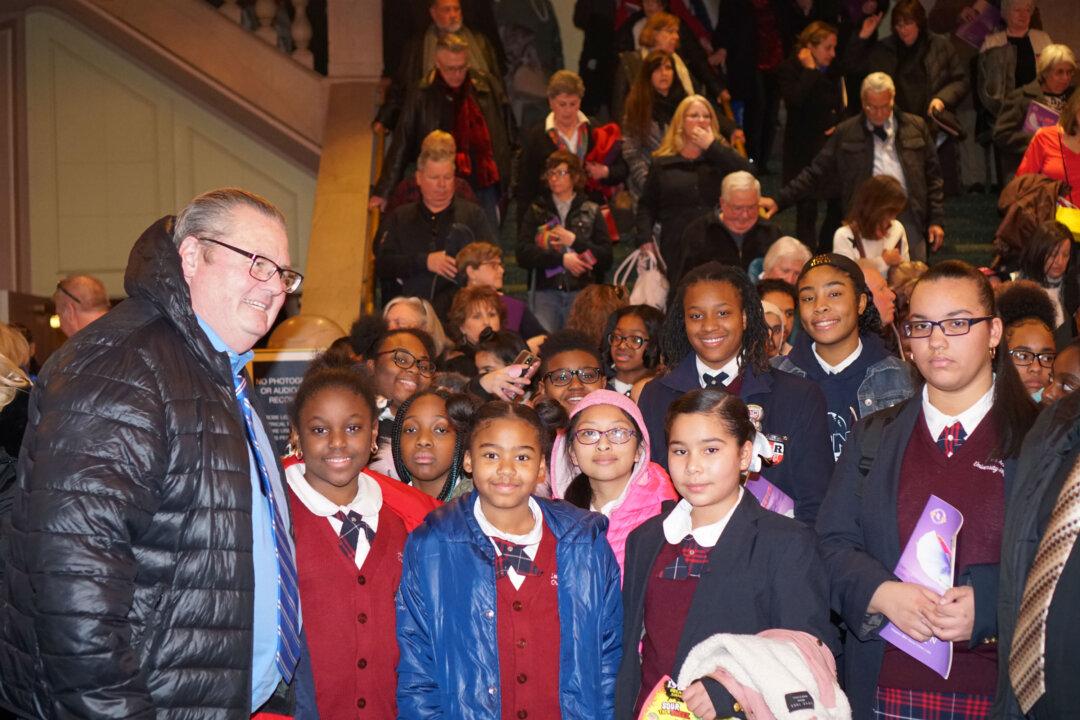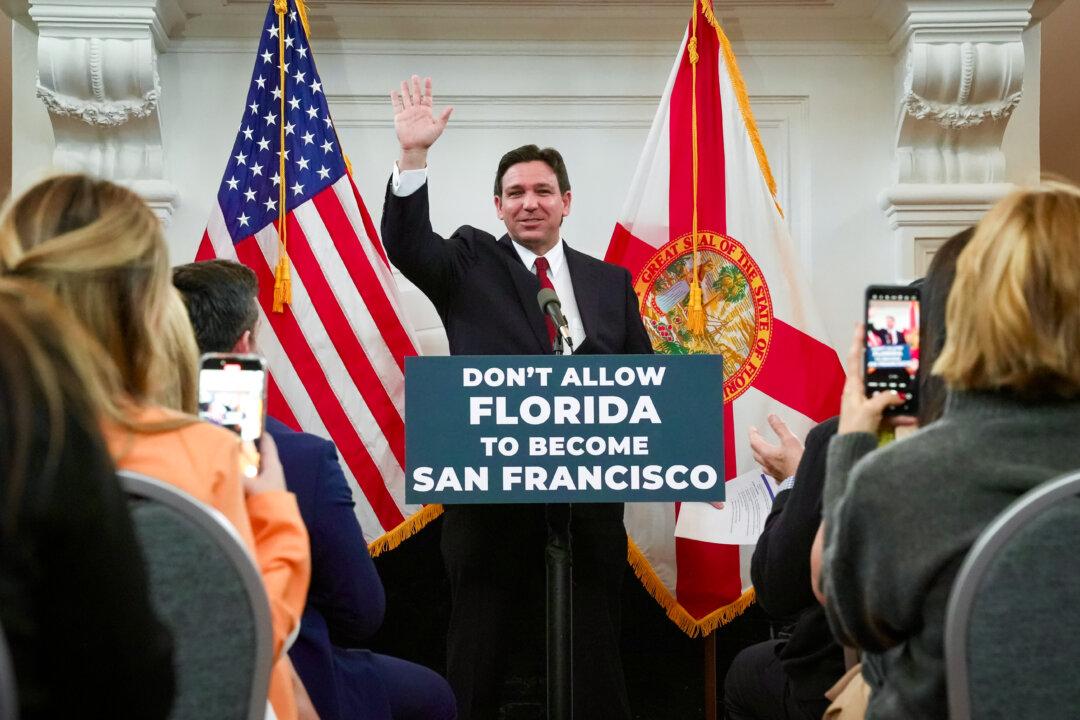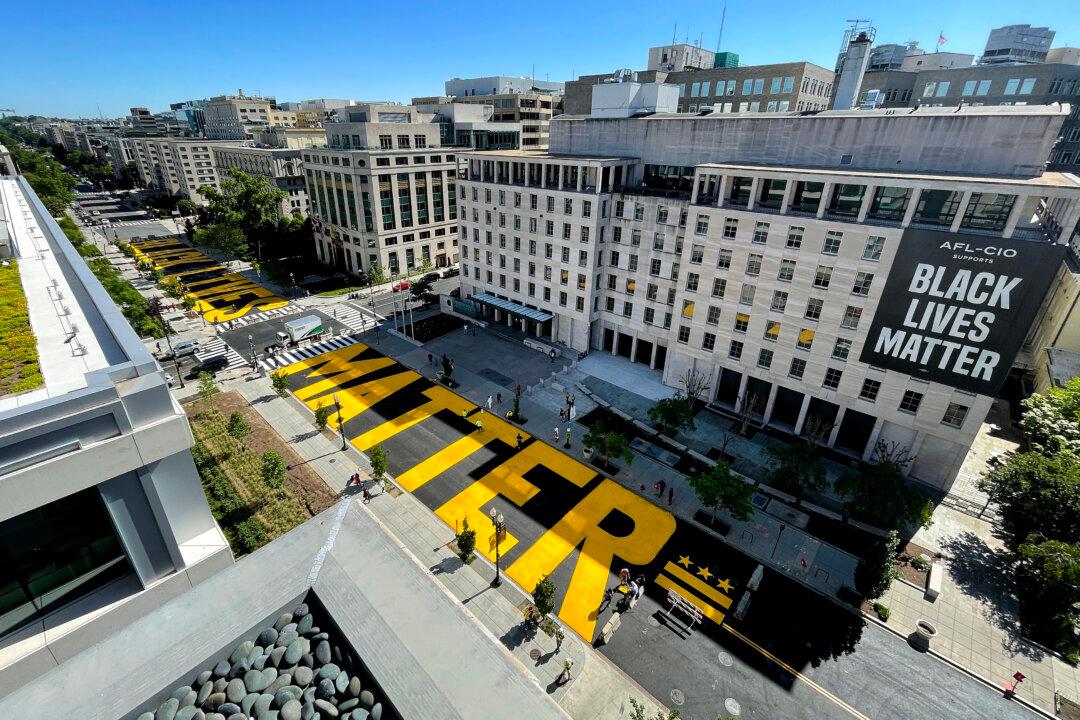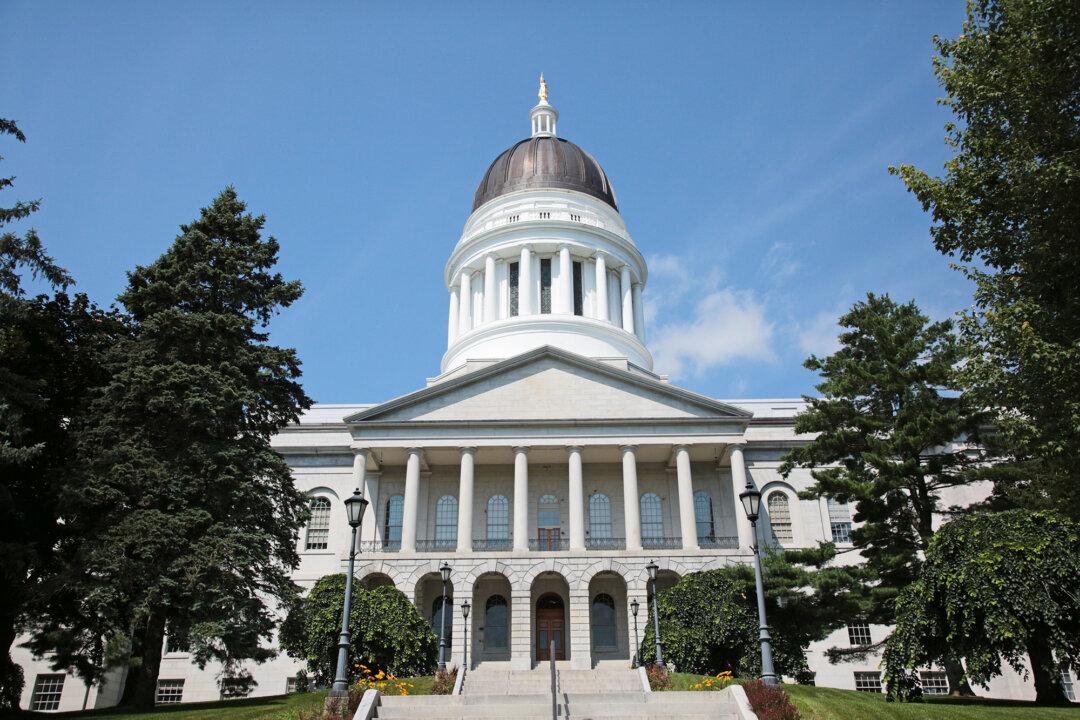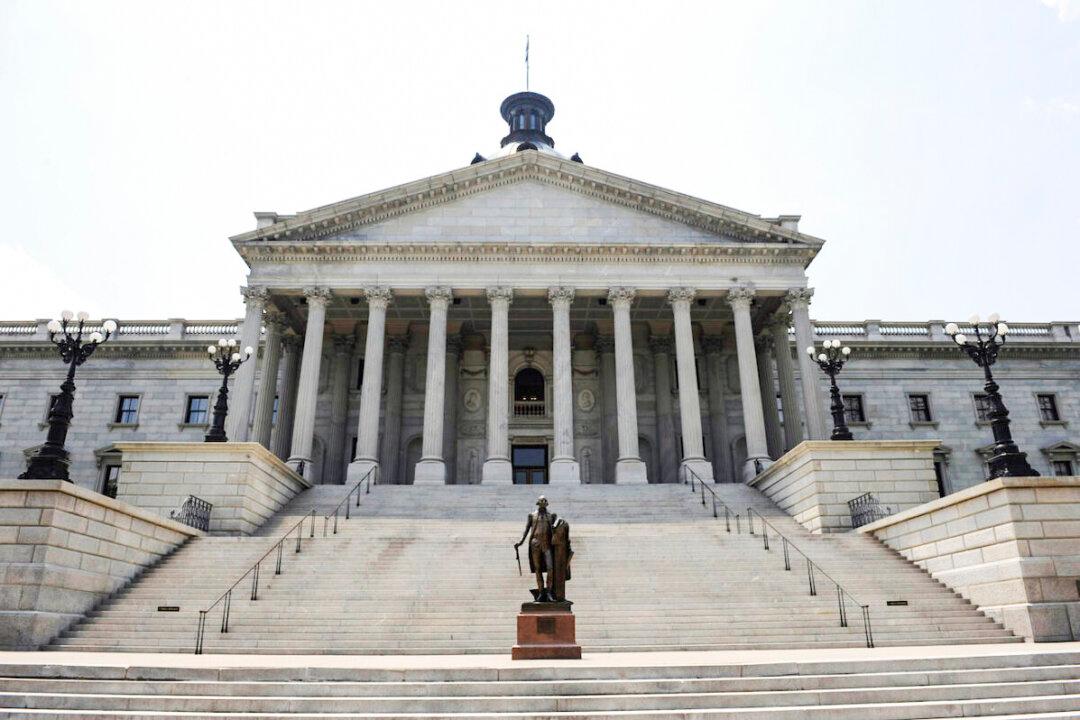Parents prefer schools that don’t teach “the expansion of gender ideology, race essentialism, and other woke projects into K–12 education,” according to a recent report by researchers with The Heritage Foundation.
And the trend of public schools moving in that direction “is occurring against the wishes of most parents,” the 17-page report states.
